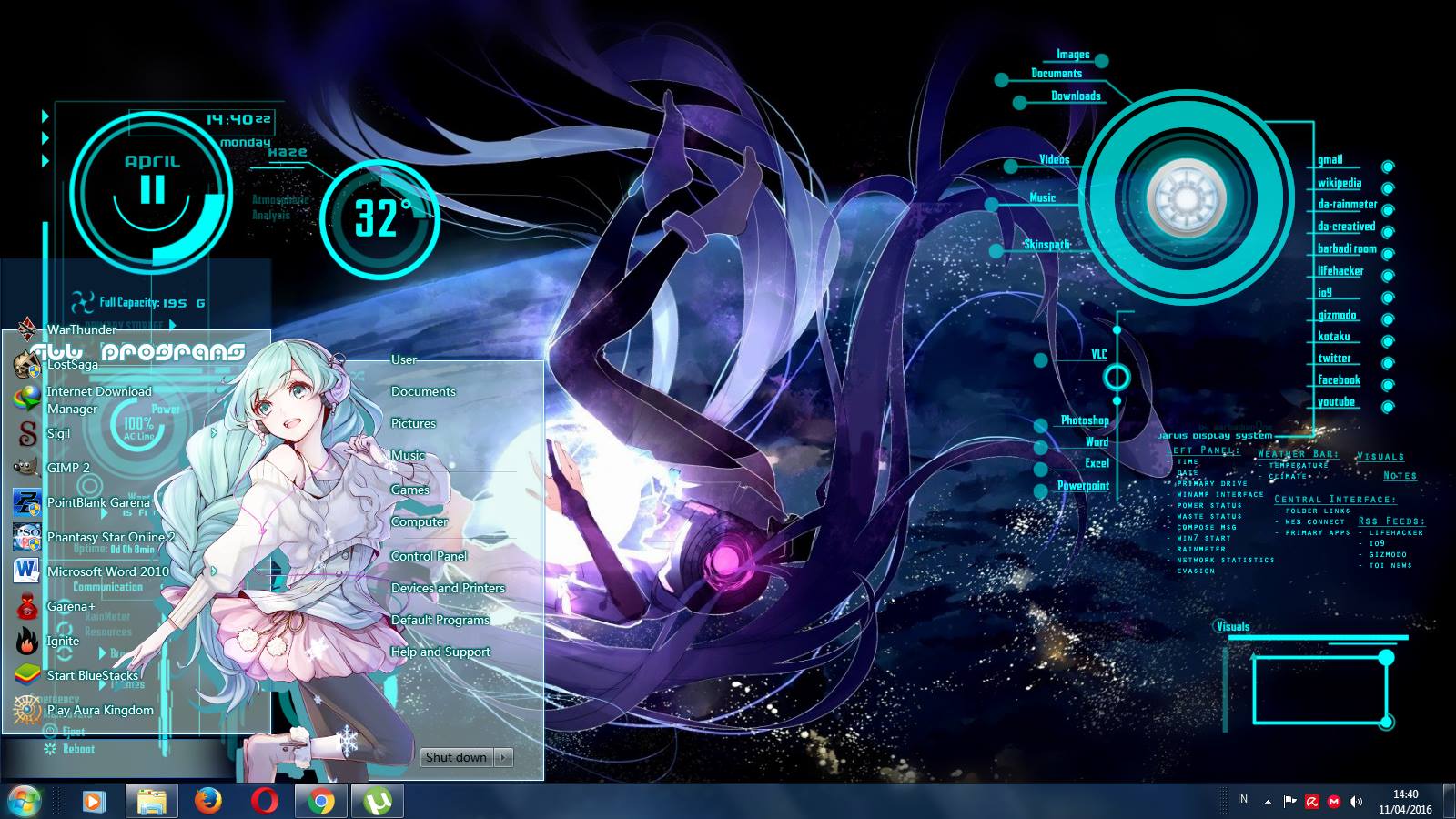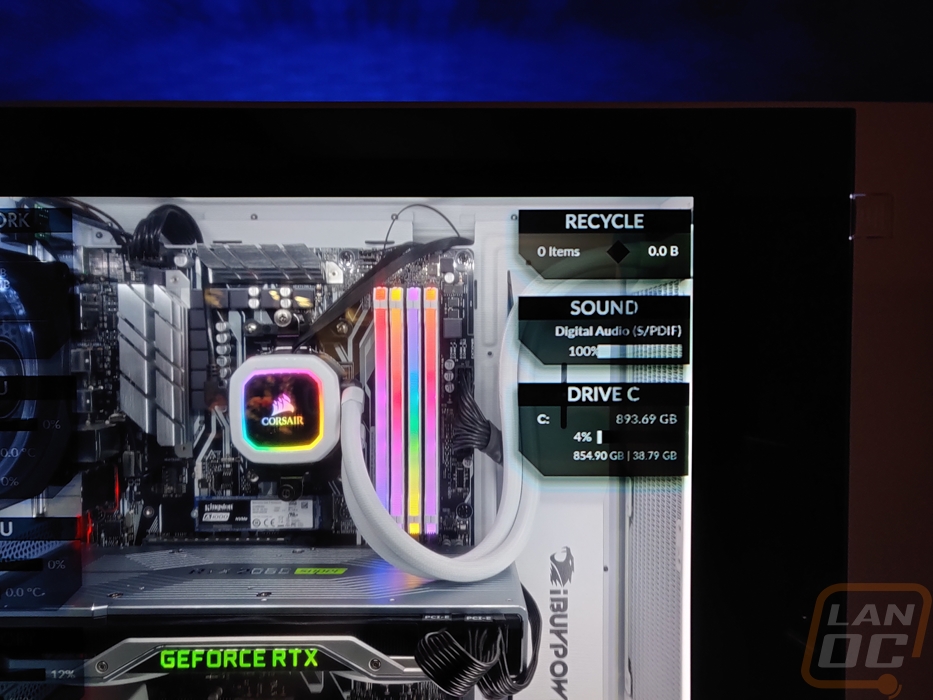

- #RAINMETER MANUAL NOW PLAYING SKIN#
- #RAINMETER MANUAL NOW PLAYING ANDROID#
- #RAINMETER MANUAL NOW PLAYING PRO#
- #RAINMETER MANUAL NOW PLAYING CODE#
Each object has its own parameters that can be modified in the code.

In principle, nothing complicated, 1 data collection element (plug-in for Rainmeter), 2 text elements (title and content), 2 image elements (edit key and orange strip).
#RAINMETER MANUAL NOW PLAYING SKIN#
In general, the “programming” of the skin is built on this. Objects - as such are elements of the skin interface, such as: images, text and so on. Measurements are objects that do not appear on their own in the skin of the skin, but collect some information, for example, about the CPU load.
#RAINMETER MANUAL NOW PLAYING CODE#
In simple terms, the code itself represents objects and dimensions. So, the main code of the skin is stored just in such INI files. For example, I have IT-Solutions, and in it the index.ini file. The skins ourselves are stored in the user ’s folder “my documents \ Rainmeter \ Skins”, where folders with your skins are already stored. The program has a management console through which we can set the configuration of certain skins, as well as look at the logs, create themes.
#RAINMETER MANUAL NOW PLAYING PRO#
I do not consider myself at least some kind of pro in writing skins for Rainmeter, but I can describe the general principles for you. Sometimes masterpieces are obtained, and sometimes dull watches or panels cannot be sad. In fact, people write skins for the program, who is what much. Only flight of imagination or hardware of your computer can limit you. For those who do not know what it is, look at the screenshots or, after scoring in Google “Rainmeter” we look at the pictures. In no way are its capabilities limited to displaying statistics on the used CPU and RAM resources. The common description of the program slightly incorrectly reflects its essence, since in fact Rainmeter is a kind of scripting language for writing your own widgets for Windows. This was the beginning of my epic for programming a versatile widget for the organization in which I work. Of course, all this was inconvenient, it was necessary to configure the administrator separately on each computer, as well as all this ate a large amount of RAM. This is what the widget looked like with ping to servers, and there were about 5-10 of them. It was then that I remembered about Rainmeter, which could solve this problem, as well as replace widgets for the desktop with PING statistics to servers and remote objects. At first, it was decided to try using RocketDock, but it showed itself from the worst side, and then completely stopped working adequately. Somewhere at the same time at work, there was a need to control shortcuts on users' computers, I naturally wanted to use crutches somehow, rather than raise the domain and push everything there.

But after a while I returned to the Rainmeter skins in the form of a clock and a sound card switch, since I had more than one thing in the system at that time, and it was necessary to transfer the sound output to headphones, speakers or a TV.
#RAINMETER MANUAL NOW PLAYING ANDROID#
But this acquaintance then was short-lived, as I soon sold the tablet and bought a more finger-oriented Android OS. Once I came across an article in which some smart person came up with a skin for Rainmeter in the form of several keys that served as CTRL + C, CTRL + V and others like them. Somehow, when Iconia Tab was released on the x86 platform, I used Windows 7, and this brainchild of Microsoft does not fit the touchscreen at all and had to come up with some tricks. For example, system information for the user and administrator, access to administrative functions from the panel, launch shortcuts (RPD, URL, BAT) and more. Many people use Rainmeter for purely visual enhancements to the operating system desktop, but I came up with the idea of using it as an addition to the desktop for users in the enterprise.


 0 kommentar(er)
0 kommentar(er)
